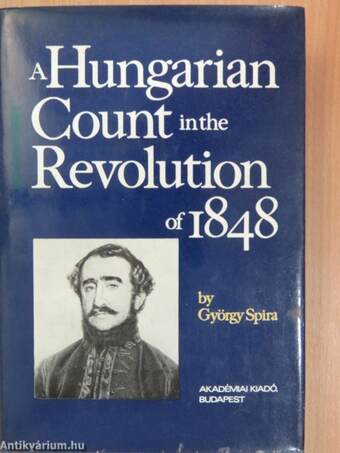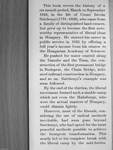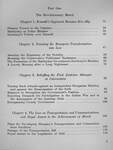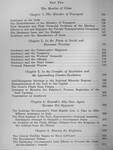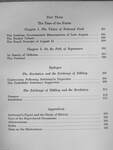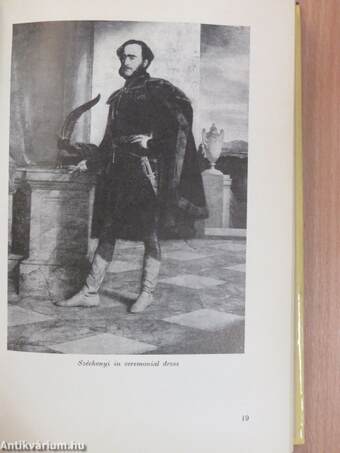1.062.132
kiadvánnyal nyújtjuk Magyarország legnagyobb antikvár könyv-kínálatát

VISSZA
A TETEJÉRE
JAVASLATOKÉszre-
vételek
A Hungarian Count in the Revolution of 1848
1848 Széchenyije és Széchenyi 1848-a
| Kiadó: | Akadémiai Kiadó |
|---|---|
| Kiadás helye: | Budapest |
| Kiadás éve: | |
| Kötés típusa: | Fűzött kemény papírkötés |
| Oldalszám: | 345 oldal |
| Sorozatcím: | |
| Kötetszám: | |
| Nyelv: | Angol |
| Méret: | 21 cm x 15 cm |
| ISBN: | 963-05-0326-3 |
| Megjegyzés: | Fekete-fehér illusztrációkkal. |
naponta értesítjük a beérkező friss
kiadványokról
naponta értesítjük a beérkező friss
kiadványokról
Fülszöveg
This book covers the history of a six month period, March to September 1848, in the life of Count István Széchenyi (1791-1860), who came from a family of distinguished land owners, but grew up to become the first noteworthy representative of liberal ideas in Hungary. He started his career in public service in 1825 by offering a full year's income from his estates to the Hungarian Academy of Sciences. He pushed for water control along the Danube and the Tisza, the construction of the first permanent bridge in Budapest, the Chain Bridge, initiated railroad construction in Hungary, and so on. Széchenyi's example was soon followed. By the end of the thirties, the liberal movement formed such a sizable camp which not even the Habsburgs, who were the actual masters of Hungary, could dismiss lightly. However, most of the liberals, considering the use of radical methods inevitable, had soon gone beyond Széchenyi, who had opted for the most peaceful methods possible to achieve the bourgeois... TovábbFülszöveg
This book covers the history of a six month period, March to September 1848, in the life of Count István Széchenyi (1791-1860), who came from a family of distinguished land owners, but grew up to become the first noteworthy representative of liberal ideas in Hungary. He started his career in public service in 1825 by offering a full year's income from his estates to the Hungarian Academy of Sciences. He pushed for water control along the Danube and the Tisza, the construction of the first permanent bridge in Budapest, the Chain Bridge, initiated railroad construction in Hungary, and so on. Széchenyi's example was soon followed. By the end of the thirties, the liberal movement formed such a sizable camp which not even the Habsburgs, who were the actual masters of Hungary, could dismiss lightly. However, most of the liberals, considering the use of radical methods inevitable, had soon gone beyond Széchenyi, who had opted for the most peaceful methods possible to achieve the bourgeois transformation. This nearly led to his complete break with the liberal camp by the mid-forties. VisszaTémakörök
- Idegennyelv > Idegennyelvű könyvek > Angol > Történelem > Európa története > Magyarország története
- Történelem > Idegennyelvű > Angol
- Történelem > Magyarország története és személyiségei > Magyarország a Habsburg-birodalomban (1686-1914) > Reformkor > Széchenyi István
- Történelem > Magyarország története és személyiségei > Magyarország a Habsburg-birodalomban (1686-1914) > 1848-49-es forradalom
- Történelem > Monográfiák > Világtörténelem
Megvásárolható példányok
Nincs megvásárolható példány
A könyv összes megrendelhető példánya elfogyott. Ha kívánja, előjegyezheti a könyvet, és amint a könyv egy újabb példánya elérhető lesz, értesítjük.



